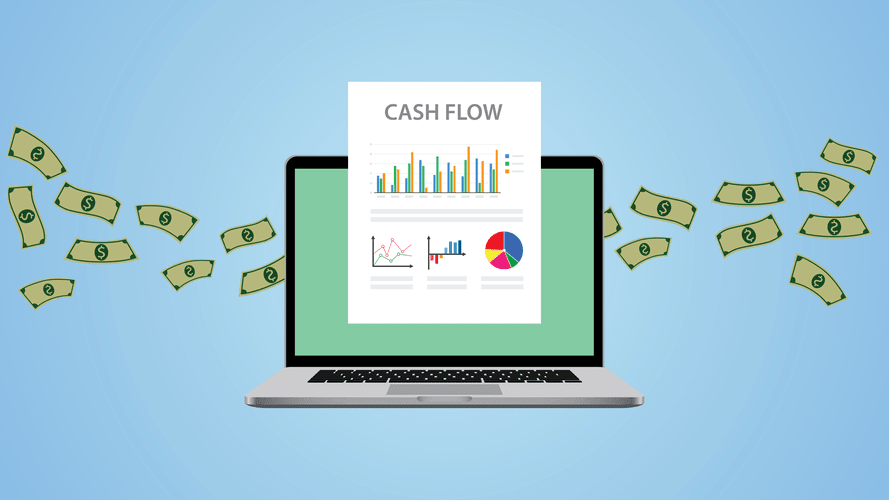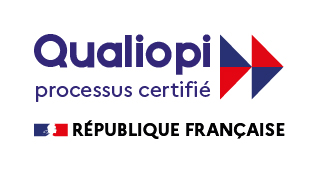
The Consolidated Appropriations Act (CAA) followed the CARES Act and the American Rescue Plan Act (ARPA) came last. The table below compares base funding in several key areas for each law. The remaining $454 billion was allocated toward programs and lending facilities operated by the Federal Reserve to support other businesses, states, and municipalities. Under the expansion of this existing Economic Injury Disaster Loan Emergency Advance program (EIDL), small businesses affected by COVID-19 were able to apply for an EIDL of $10,000 that did not have to be repaid.
Jury selection begins in the trial of ex-Baltimore State’s Attorney … – The Baltimore Banner
Jury selection begins in the trial of ex-Baltimore State’s Attorney ….
Posted: Tue, 31 Oct 2023 20:27:00 GMT [source]
Call your loan servicer to confirm which of your loans are covered by this federal relief. The vast majority of the funding was administered through Federal Reserve emergency lending facilities. Financial institutions, public entities, and businesses of all kinds were eligible. The plan dramatically expanded eligibility for unemployment benefits just as new unemployment claims were skyrocketing.
Relief to individuals
For businesses, it created a new Employee Retention Credit (ERC) against employment taxes, which was intended to encourage them to retain and pay their employees during any quarter when business operation was partially or fully suspended due to the coronavirus. Eligible businesses could receive a Small Business Interruption Loan up to 2.5 times their average monthly payroll, up to a maximum of $10 million. The CARES Act was the first piece of coronavirus legislation to place a moratorium on foreclosures and evictions. However, on Aug. 26, 2021, the Supreme Court rejected the latest extension requested by the CDC. The act authorized direct payments to families of $1,200 per adult plus $500 per child for individuals making up to $75,000, heads of households making up to $112,500, and couples filing jointly making up to $150,000. Through the NextGen Portal, FDA has established a way through which drug registrants and their authorized agents should report the required data.
- The college intends to use no less than 50 percent of the funds received under Section 18004(a)(1) of the CARES Act to provide Emergency Financial Aid Grants to students.
- An additional $900 billion in relief was attached to the Consolidated Appropriations Act, 2021, which was passed by Congress on December 21, 2020, and signed by President Trump on December 27, after some CARES Act programs being renewed had already expired.
- The total amount of funds that Pamlico Community College has received from the U.S.
- Will people who benefitted from the moratorium on evictions and foreclosures be able to make up their missed payments?
- You should speak with the loan borrower that you co-signed for and get a better understanding of their ability to pay their own loans.
Before sharing sensitive information, make sure you’re on a federal government site.
Unemployment Assistance
If you can afford to pay your private loans, your best option is probably to continue making payments. Requesting a deferment or forbearance will pause your loan payment for several months, during which interest may continue to accrue. If you stop making payments under deferments or forbearances, it will take longer to repay your loan and you may pay more over time.
- The Coronavirus Aid, Relief, and Economic Security Act (CARES Act) was signed into law on March 27, 2020, to aid response efforts and ease the economic impact of COVID-19.
- The CARES Act was the first of three huge spending bills that opened the government’s coffers to those affected by the coronavirus pandemic.
- Once you enroll in an IDR plan, you can keep your new monthly payment for a year, even if your income goes up.
- The 2009 Recovery Act was $832 billion, the Consolidated Appropriations Act (CAA) contained $900 billion in pandemic relief, and the American Rescue Plan Act (ARPA) comes closest at $1.9 trillion.
- Then, you should contact the loan servicer and ask about a “co-signer release.” Most private loan contracts allow for co-signors to be released from the loan after a certain period of on-time payments by the primary borrower.
- Privately-owned FFELP loans that are still in good standing or were in default prior to March 13, 2020, Perkins Loans, and private loans are not covered.
The plan allowed people to take special disbursements and loans from tax-advantaged retirement funds of up to $100,000 without facing a tax penalty. In order to provide liquidity to the hardest-hit businesses and industries, the CARES Act allocated $500 billion for economic stabilization loans and guarantees. Finally, funds were allocated for administration, training, consulting, and education related https://www.bookstime.com/blog/cash-basis-accounting to these loan programs. The principal of the loan could be forgiven up to the total cost of payroll, mortgage interest payments, rent, utility payments, and any additional wages paid to tipped employees made during the eight-week period after origination. However, under PPP, this amount would be reduced by the proportion of any reduction in the average number of employees during that period.
State Laws & Regulations
You should speak with the loan borrower that you co-signed for and get a better understanding of their ability to pay their own loans. In general, co-signers are not responsible for the loan as long as the primary borrower makes payments. Then, you should contact the loan servicer and ask about a “co-signer release.” Most private loan contracts allow for co-signors to be released from the loan after a certain period of on-time payments by the primary borrower. If you are eligible for a co-signor release, you should tell the servicer that you would like to be released. Even once you are released, you can still assist the primary borrower with payments, but you will be not contractually responsible for the loan if the borrower is unable to pay.

If you have been impacted by COVID-19 in any way and are worried about affording your payments, you should explain your circumstances and ask your servicer what options are available for you. When your servicer explains your options, be sure to ask whether interest will continue to accrue during any relief that you receive, whether you will Coronavirus Aid, Relief, and Economic Security (CARES) Act have to repay any months for which you receive relief, when you will be expected to repay, and if there is flexibility to in how you repay. It’s important that you get the full scope of any relief that you are offered before you accept. This does not apply to any borrower who had a privately-owned FFELP loan and who paid the loan in full.




